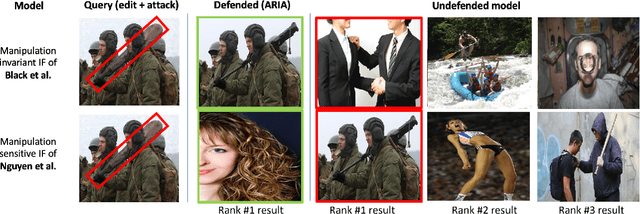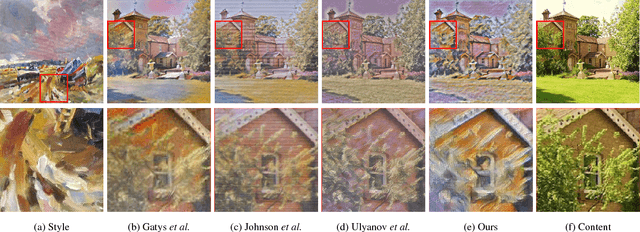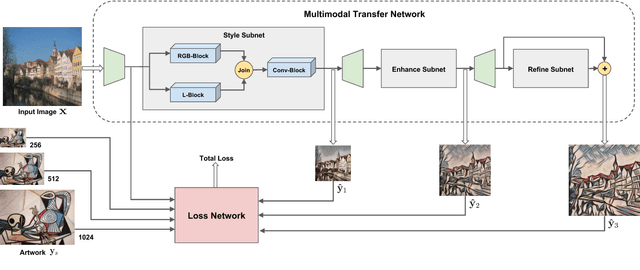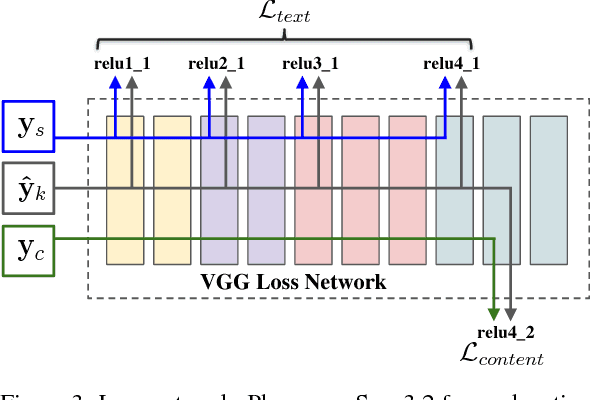Geoffrey Oxholm
ARIA: Adversarially Robust Image Attribution for Content Provenance
Feb 25, 2022



Abstract:Image attribution -- matching an image back to a trusted source -- is an emerging tool in the fight against online misinformation. Deep visual fingerprinting models have recently been explored for this purpose. However, they are not robust to tiny input perturbations known as adversarial examples. First we illustrate how to generate valid adversarial images that can easily cause incorrect image attribution. Then we describe an approach to prevent imperceptible adversarial attacks on deep visual fingerprinting models, via robust contrastive learning. The proposed training procedure leverages training on $\ell_\infty$-bounded adversarial examples, it is conceptually simple and incurs only a small computational overhead. The resulting models are substantially more robust, are accurate even on unperturbed images, and perform well even over a database with millions of images. In particular, we achieve 91.6% standard and 85.1% adversarial recall under $\ell_\infty$-bounded perturbations on manipulated images compared to 80.1% and 0.0% from prior work. We also show that robustness generalizes to other types of imperceptible perturbations unseen during training. Finally, we show how to train an adversarially robust image comparator model for detecting editorial changes in matched images.
Multimodal Transfer: A Hierarchical Deep Convolutional Neural Network for Fast Artistic Style Transfer
Apr 11, 2017



Abstract:Transferring artistic styles onto everyday photographs has become an extremely popular task in both academia and industry. Recently, offline training has replaced on-line iterative optimization, enabling nearly real-time stylization. When those stylization networks are applied directly to high-resolution images, however, the style of localized regions often appears less similar to the desired artistic style. This is because the transfer process fails to capture small, intricate textures and maintain correct texture scales of the artworks. Here we propose a multimodal convolutional neural network that takes into consideration faithful representations of both color and luminance channels, and performs stylization hierarchically with multiple losses of increasing scales. Compared to state-of-the-art networks, our network can also perform style transfer in nearly real-time by conducting much more sophisticated training offline. By properly handling style and texture cues at multiple scales using several modalities, we can transfer not just large-scale, obvious style cues but also subtle, exquisite ones. That is, our scheme can generate results that are visually pleasing and more similar to multiple desired artistic styles with color and texture cues at multiple scales.
 Add to Chrome
Add to Chrome Add to Firefox
Add to Firefox Add to Edge
Add to Edge